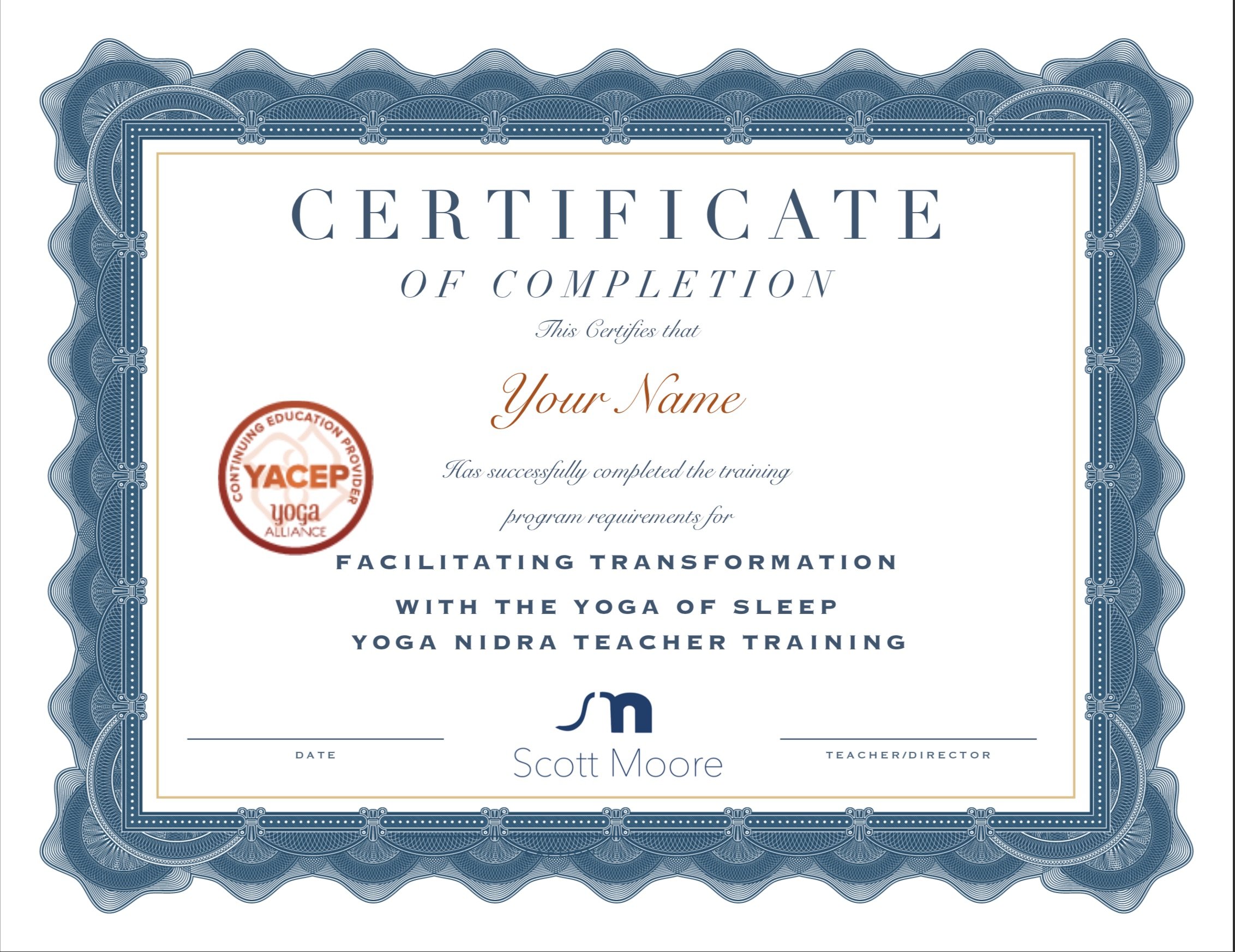Yeah, today I’m excited to share about a collective poem I contributed to about saving Great Salt Lake as well as my next live Yoga Nidra teacher training.
A Word To Save The Waves
My very good friend,Nan Seymour—a dear friend/sister with whom I’ve been co-leading nature + yoga + writing retreats for the past 9 years—has been doing an incredible job, tirelessly raising awareness about the endangered Great Salt Lake.
I love this lake and love Nan and so when she asked if I would write a poem about this majestic but imperiled lake, I jumped at the chance.
Many people contributed and the results were a collective poem. I was thrilled to see that it was recently published as a book called Irreplaceable, A Collective Praise Poem For Great Salt Lake.
Tonight, you’re invited to a FREE event, a collective reading of this poem and I’ll be privileged to read my humble poem.
I’ll also get to blow my sax a little bit.
At this free event, we will be honored with opening remarks from Lisa Bickmore, Poet Laureate of Utah as well as a screening of the short film Irreplaceable, directed by John Meier.
Can’t wait!
When: Wednesday, November 20th from 6–7:30 pm
Where: Natural History Museum of Utah located at 301 Wakara Way, Salt Lake City, UT 84108
Cost: FREE
Please come!
Live Yoga Nidra Teacher Training
Also, I am excited to let you know about my next LIVE Yoga Nidra teacher training, January 24–27, 2025
I’m excited to be hosted by Rianne Maldonado of Wrae Aesthetics in Tucson, Arizona.
Training available via Zoom or in person, Tucson, Arizona.
Stand Out As a Teacher, Coach, or Therapist
Let’s face it—there are a billion yoga teachers, coaches, and therapists. This Yoga Nidra teacher training will help you become a Yoga Nidra expert and will help you stand out from the rest in your industry.
Yoga Nidra is SO more than just guided visualizations. Explore how this powerful but gentle medium facilitates massive and lasting transformation from anything to confidence, addiction, stress, sleep, and even spiritual awakening.
This engaging and nourishing training empowers you to become an effective teacher to meet the unique needs of your students and clients, to help them make important transformations in their own lives.
People are waiting to experience Yoga Nidra in only the way YOU can deliver it!
Stand out as a teacher and to facilitate lasting transformation for your students and clients.
What’s Unique About This Training:
Superb quality—Organized, easy to follow, flexible for your schedule, dynamic as per your learning style.
In-depth study—you’ll learn from a Yoga Nidra master and graduate a Yoga Nidra expert.
Highly effective—this training is ranked the top Yoga Nidra trainings in the world by Mind Is the Master.
Be Original! Most trainings teach you to be a rote version of your teacher. This training teaches you the larger principles, roadmaps, and concepts that allow you to tap into the wise teacher inside of you to be a truly effective teacher by teaching from the power of your own voice
Yoga Alliance Continuing Education credit.







